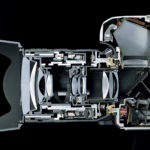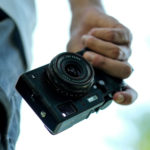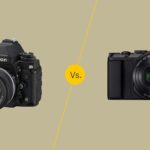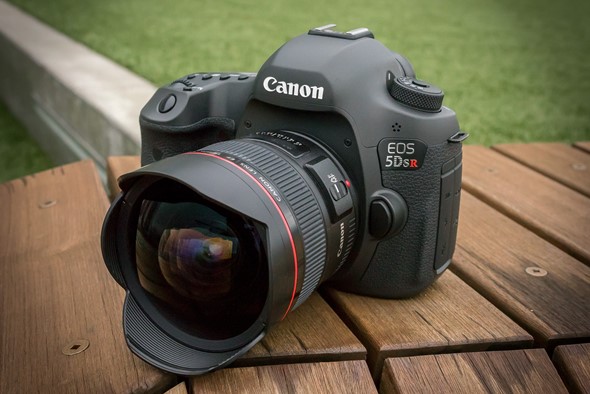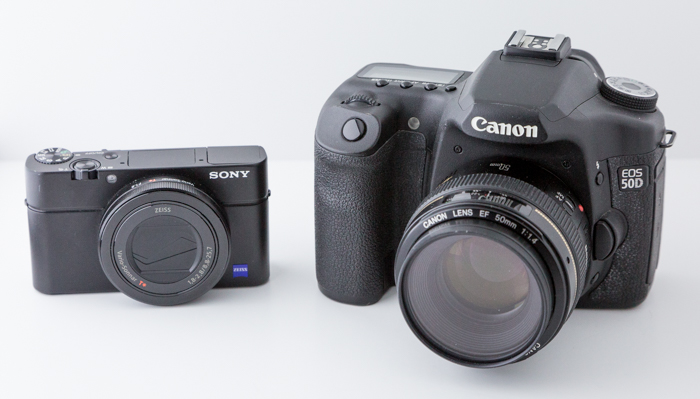How to choose a digital camera
You have decided to buy a digital camera, but... the abundance of models is confusing. In addition, unfamiliar words and phrases are frightening: “matrix”, “megapixels”, “zoom”, “white balance” and others. I note that the choice should be approached with the utmost seriousness, having first studied the assortment. This article will provide appropriate explanations of all the most important terms and will help you decide on the choice of a quality gadget.

The content of the article
Which digital camera to choose: basic parameters
When buying a camera, you need to pay attention to several basic parameters.
Pixels and megapixels
Pixel is the smallest light-sensitive unit that forms an image. A megapixel is, accordingly, a million pixels.
Matrix
This is the main element of any digital camera. It is she who forms the image, and all the above-mentioned megapixels are located on it.
The volume of the matrix includes a larger volume of particles, and accordingly, the quality of the images is higher. It is especially important to have a sufficient number of pixels when printing images.
To improve image quality, it is important, in addition to increasing the number of pixels, to take a larger matrix. Expensive professional devices have impressive parameters.

Increase
The second name is zoom.There are digital and optical. The latter changes the image by shifting the focal length of the lens. Expensive brands with zoom have moving elements, while cheap models simply move the optics forward.
With digital zoom the image is read from a small part of the camera matrix and then “stretched” to the desired size. At the same time, the quality of the final image decreases, especially strongly for inexpensive cameras with a small number of pixels on the matrix.
ISO
This indicator means photosensitivity. For example, when shooting on a bright sunny day, you need to reduce the data, and when shooting in cloudy weather, in the evening or indoors, you need to increase it. For cheap cameras, the indicator is only set automatically, semi-professional and real photographers' devices additionally allow you to set the parameter manually.

Noises
These are parts of the image, sometimes individual pixels, more often entire areas, damaged by electromagnetic interference. Only expensive professional cameras have high-quality protection and effective noise reduction algorithms.
Focusing
All digital cameras without exception have it automatically. Expensive gadgets also allow you to do it manually.
White balance
Designed to ensure correct color rendering at different light levels. Only expensive cameras allow you to fine-tune according to your own preferences.

Flash correction
When shooting in the dark, it becomes necessary to use additional light. But ordinary low power only illuminates nearby objects well. Everything in the background is plunged into darkness. The option changes the light sensitivity, thus “snatching” the missing part of the image.
Continuous shooting
Allows you to take several frames at once in a matter of seconds. Designed for capturing fast moving objects. Cheap point-and-shoot cameras do not have this function.
Battery
When purchasing a camera, always pay attention to the battery capacity. It must be at least a thousand milliamp hours. Otherwise, your camera will turn out to be a useless load on a long hike or trip, when there is no way to recharge a dead battery.

Types of digital cameras
Cameras are conventionally divided into amateur, semi-professional and professional. The price of devices for specialist photographers reaches several hundred thousand rubles. You should only buy them if you are a highly paid photographer or journalist.
In addition, they are quite heavy and bulky, making it inconvenient to take them with you on long trips and forays into nature.
But making a choice between amateur and semi-professional cameras is not easy. They often have the same size sensor with the same number of pixels. Semi-professional cameras compared to amateur ones have a better lens, electronics, noise reduction, and much more customization options, and, naturally, a higher price. Therefore, if your budget allows, you should pay attention to a high-quality semi-professional camera.
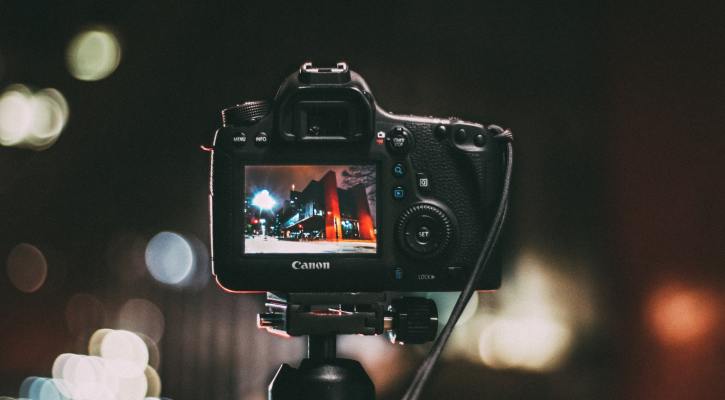
Top 5 digital cameras of 2020
- Canon IXUS 190 – a simple and inexpensive amateur camera with 8x optical zoom and a 20.5 megapixel matrix.
- Canon PowerShot SX620 H.S. – a device that is more expensive, but has not moved into the next category, with the possibility of increasing by 25 times.
- Sony HX400 – a semi-professional model with parameters of 20.4 megapixels and a zoom of 50 times.
- Canon PowerShot SX70HS – an advanced digital camera, the distinctive feature of which is the presence of a 65-degree zoom. Probably the best semi-professional model of 2020.
- Nikon D850 body – expensive SLR equipment with a 45 megapixel matrix – the choice of professionals.
In conclusion, tips for buying a digital camera. If you are not going to print pictures, cheap pocket point-and-shoot cameras with 12 megapixel matrices will do. Their price can be less than 3 thousand rubles. Are you planning to print cards? Buy devices with at least 16–18 megapixels and optical zoom.

